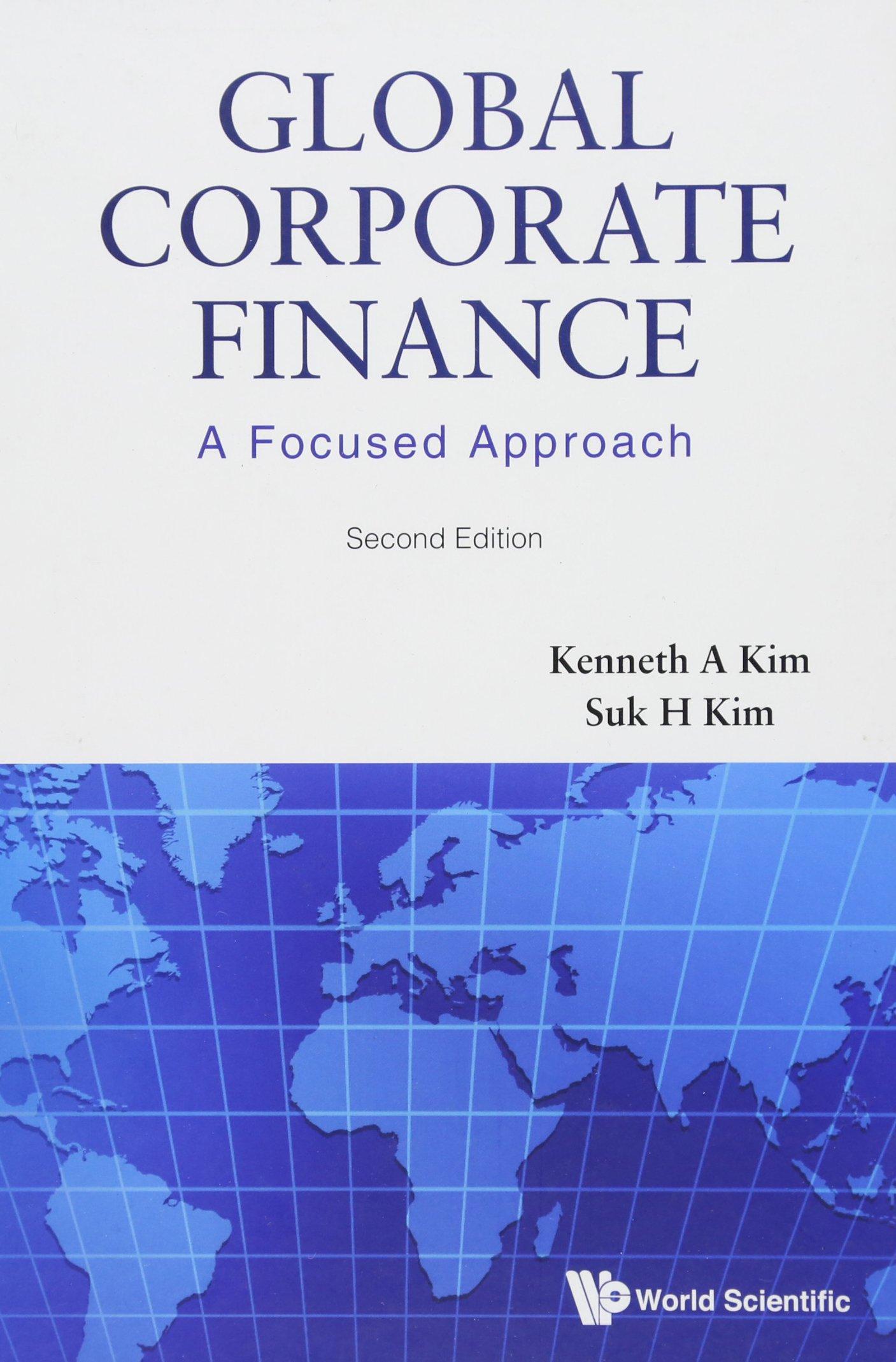Question
In order to raise revenues during the recent recession, the governor of your state proposed the following taxation formula: T(i) = 0.001i0.5, where i represents
In order to raise revenues during the recent recession, the governor of your state proposed the following taxation formula: T(i) = 0.001i0.5, where i represents total annual income earned by an individual in dollars and T(i) is the income tax rate as a fraction of total annual income. (Thus, for example, an income of $50,000 per year would be taxed at about 22%, while an income of double that amount would be taxed at about 32%.)
(a) Calculate the after-tax (net) income N(i) an individual can expect to earn as a function of income i. N(i) =
(b) Calculate an individual's marginal after-tax income at income levels of $100,000 and $700,000. (Round your answer to four decimal places.)
| N'(100,000) | = | $ per dollar income |
| N'(700,000) | = | $ per dollar income |
(c) At what income does an individual's marginal after-tax income become negative? (Round your answer to two decimal places.) $ What is the after-tax income at that level? (Round your answer to two decimal places.) $ What happens at higher income levels? (Round your answer to two decimal places.)
At any income level above , an individual begins to pay back more than $1 for each additional $1 earned, so his or her net income begins to drop.
(d) What is the most anyone can earn after taxes? (Round your answer to two decimal places.) N = $
Step by Step Solution
There are 3 Steps involved in it
Step: 1

Get Instant Access to Expert-Tailored Solutions
See step-by-step solutions with expert insights and AI powered tools for academic success
Step: 2

Step: 3

Ace Your Homework with AI
Get the answers you need in no time with our AI-driven, step-by-step assistance
Get Started


